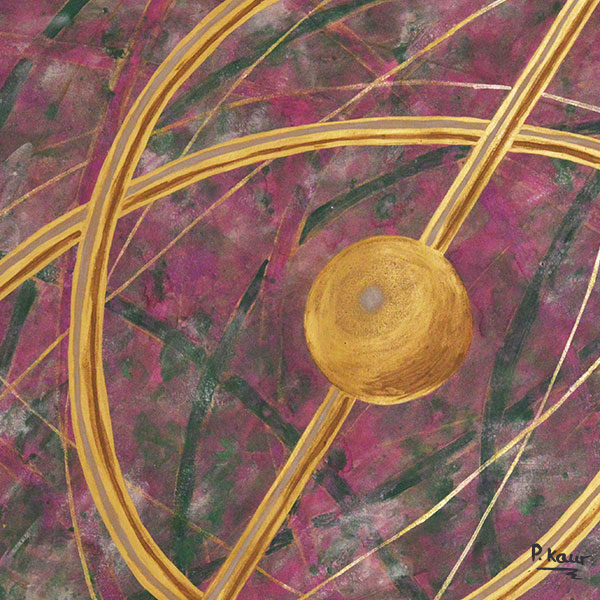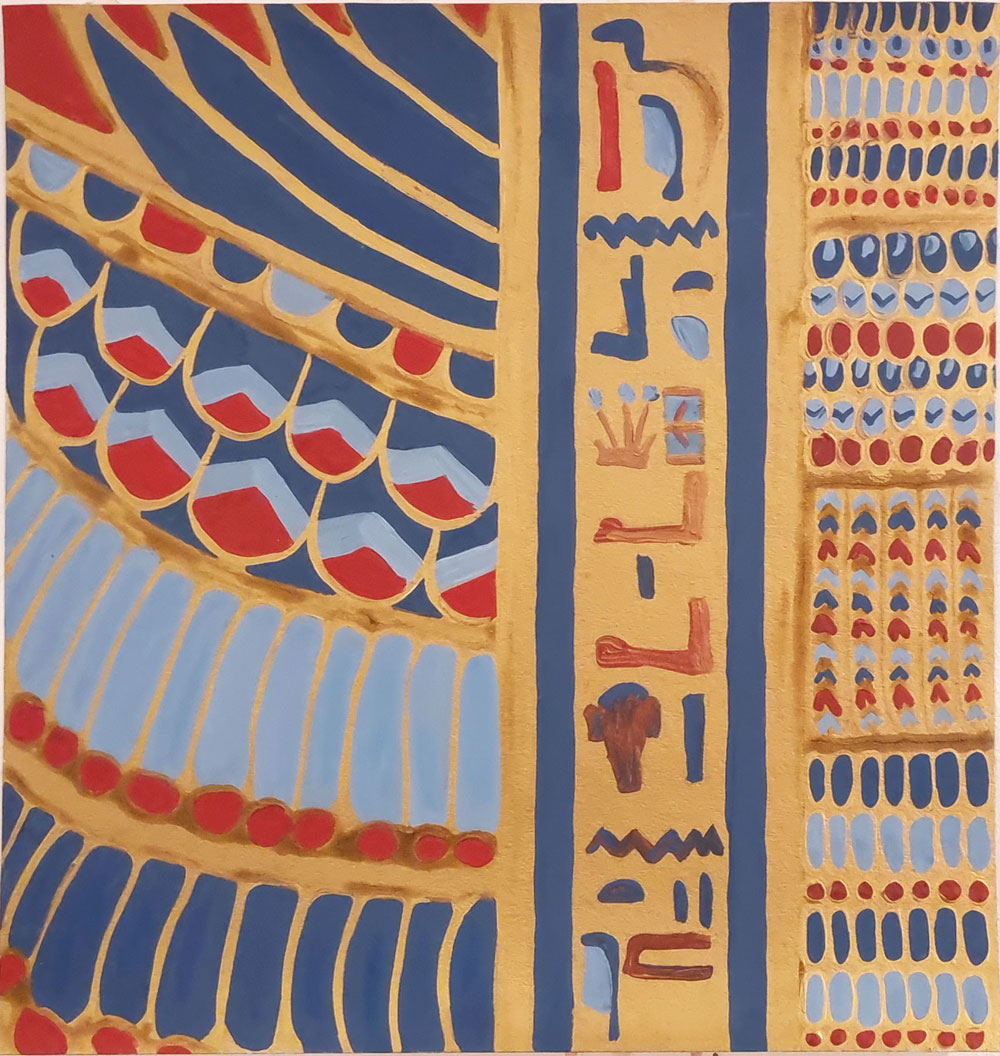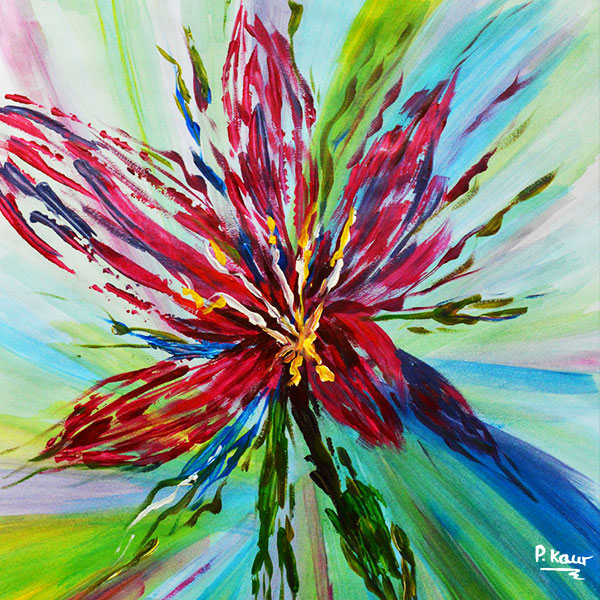Mapping the celestial bodies
The desire to know what is beyond our planet is a notion that encapsulated our earliest ancestors as well as today. In the sky lies our past and origin. No wonder it is the basis for many regions, rituals and calendars.

Star charts
Throughout human history, there have been many attempts at making star charts. A star chart is a celestial map showing planets, stars, constellations and other cosmic bodies. There are various instruments and methods for recording the stars. It could be engraved onto a piece of ivory or stone; constellations could be painted on the walls of a cave; buildings and monuments can depict constellations; stars can be mapped onto instruments that can be used as tools to survey the night sky at any given time using that map.
As human creativity and innovation developed, so did the ability to map and record the position of celestial bodies. The main devices were, a star catalogue from ancient times, astrolabes beginning in ancient times, celestial globes tying in with armillary spheres and then planispheres, which were used since medieval times. Today modern technology takes over the mapping of the heavens.
The Astrolabe
This is an astronomical instrument dating back to the civilisations of classical antiquity and used as a star chart as well as other uses. It was possibly used in Ancient Egypt as well however there isn’t much evidence for this.
It is a metal disc which is deep enough to hold other flat plates. Each flat plate is made for a specific latitude. Then on top of these is a framework which has several pointers. This framework can be made into elaborate and artistic designs. Some designs include pointers which are in the shapes of stars, snakes or leaves.
The discs in the astrolabe can be moved around, to line up with the markings on the edge which indicate time, in order to see what stars were in the sky at that time.
Muslim astronomers in the medieval Islamic world introduced angular scales to the design developing the astrolabe further. In the Islamic world, astrolabes were used to find times of sunrise to help schedule morning prayers.

Planisphere
The astrolabe is the predecessor to the modern planisphere. A planisphere is a start chart instrument, with two adjustable discs that rotate. It will show the visible stars in the sky in alignment with a specific date and time through a clear window on the instrument. They only show stars from the viewer’s latitude so if you’re in London, you will have a different planisphere compared to someone in Australia.
There are planispheres from the medieval period but a lot of them come up in the modern era, within the last 500 years or so.
Armillary Sphere
This is a 3D model of the objects in the sky, based on spherical framework of rings and a centre ball. It is a skeleton version of a celestial globe (written about below). The sphere can have different numbers of rings depending on use and of course, cost to produce. The more elaborate spheres include rings that represent the horizon (boundary where sky meets sea), meridian (imaginary north-south line of Earth’s surface that connects the poles, used to indicate longitude), equator (circle around the earth), tropics, polar circles and an ecliptic hoop (the path the sun takes in a year).
The centre ball is either the earth or the sun depending on the type. If it’s the earth, it is ‘Ptolemaic’ based on the geocentric model, stating the objects in the sky orbit the earth. If it is a sun in the middle, it is ‘Copernican’ based on the 16th century discovery by Copernicus, that the solar system is heliocentric meaning the earth orbits the sun.
The instrument could be used to model the movements of the heavens and to carry out calculations such as the times of sunrise and sunset or the altitude of the sun or stars. It was also used for demonstration and teaching.
Celestial Globe
Another star chart is a celestial globe which is a smooth globe with the star chart arranged on it. This was invented separately in Ancient China and in Ancient Greece. It was later used in the medieval and Islamic worlds.
It is a star chart where the stars are mapped onto the globe. The issue with this is that it is generally distorted, mapping the stars onto the outside of a globe. The globes can be produced then with mirror images of the constellations so that they appear correctly. Some globes are transparent with the stars mapped on the inside. These globes don’t include the earth, moon or sun.
It is not known when the first globes were made as none survive. There is evidence in the document ‘Almagest’ mentioned in the timeline below, that Ptolemy made suggestions as to how to construct a globe to map out the stars he catalogued. The Farnese Atlas, mentioned below, depicts Atlas (titan from Greek mythology) holding a celestial globe.

Timeline of star charts
Upper Palaeolithic – 50,000 years ago to 10,000 years ago – potentially in cave art and carved into things ivory.
1600 BCE – Nebra Sky Disc. A bronze artefact found in Germany with gold inlays. It depicts the sun or moon with a crescent and stars.
1530 BCE – oldest accurately dated star chart from Ancient Egypt is found.
476 – 221 BCE – oldest star catalogues from China.
4th century BCE – China, earliest development of the armillary sphere. Continued to develop in China with astronomers
220 – 150 BCE – Hellenistic civilisation, by Apollonius of Perga, an astronomer, invented an early astrolabe.
276 BCE – Eratosthenes is credited with the invention of the armillary sphere. He was a Greek mathematician and astronomer.
146 BCE – use of an armillary sphere with four rings
2nd century CE – oldest known depiction of Ancient Greek constellations on a statue, the Farnese Atlas.
2nd century CE – Almagest, a mathematical and astronomical treatise on stars and planetary motions, by Claudius Ptolemy. This document outlined the geocentric model of the universe (that everything orbited the earth); that was the accepted model until 16th century and Copernicus.
140 CE – Greek, the earliest known complete armillary sphere of 9 rings.
335 CE – Theon of Alexandria, a scholar and mathematician wrote about the astrolabe
4th century CE – India. Armillary sphere has been used by astronomers since then
550 CE – John Philoponus wrote about the astrolabe in Greek, which is the earliest treatise on the instrument.
618 CE – oldest surviving star chart from China, from the Tang dynasty
650 CE – Severus Sebokht a Mesopotamian bishop, wrote a treatise on the astrolabe in the Syriac language.
8th century CE – Persian Arab astronomers produced an improved version of the armillary sphere.
964 CE – Al-Sufi created The Book of Constellations, important for future astronomers and makers of astrolabes and globes across the Islamic world.
1080 CE – earliest surviving celestial globe, made in Spain, Valencia.
First known astrolabe in Western Europe was made from brass in 11th century CE in Portugal. First printed book on astrolabe in the 1300s.
1370 – First Indian treatise on the astrolabe





